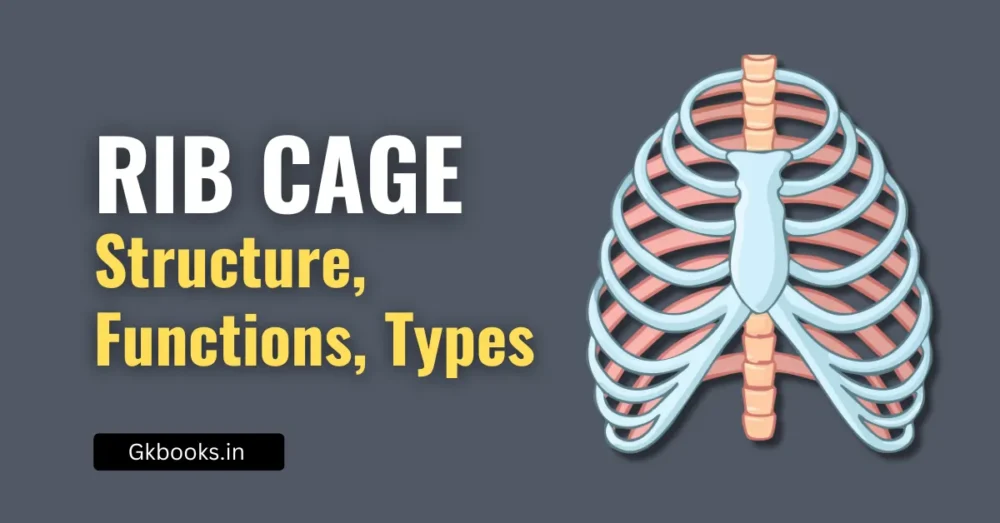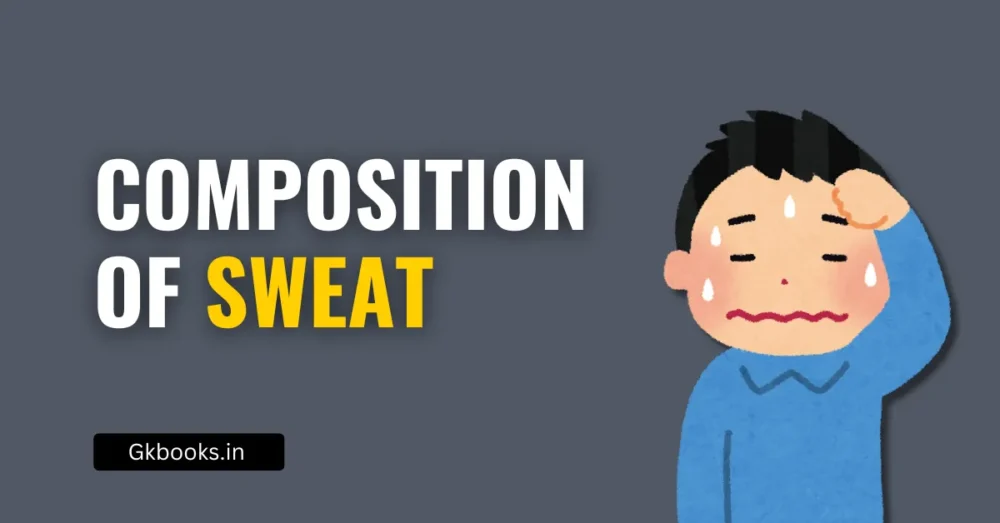Cytokinins are special plant hormones that help plants grow by making their cells divide and multiply. Just like how babies grow bigger by adding new cells, plants also grow using these helpful chemicals.
Cytokinins work mostly in the roots and move to other parts of the plant to help in growth, healing, and even making fruits and seeds. In simple words, cytokinins are like tiny helpers that tell plant cells, “It’s time to divide!”
Understanding cytokinins is important for General Science questions in competitive exams like SSC, Banking, RRB NTPC, UPSC, and many state-level exams. Questions often come from plant hormones, especially from the topic “Growth and Development in Plants.”
So, learning about cytokinins can give you an extra edge in your exam preparation. In this post, we’ll explain what cytokinins are, how they work, and why they are so important in the life of a plant — in a simple and easy way.
What Are Cytokinins?
Cytokinins are a class of plant hormones that primarily promote cell division (cytokinesis) in plant roots and shoots. Along with auxins, cytokinins play a crucial role in plant growth and development.
Definition
Cytokinins are naturally occurring or synthetic plant growth regulators that influence cell division, differentiation, and various developmental processes in plants.
Origin of the Name
- The name “cytokinin” comes from “cytokinesis”, meaning cell division.
- First discovered in the 1950s when scientists observed that coconut milk or DNA extracts could stimulate cell division in plant tissues.
Types of Cytokinins
- Natural Cytokinins
- e.g., Zeatin (first isolated from corn kernels)
- Synthetic Cytokinins
- e.g., Kinetin, Benzyladenine (BA), 6-benzylaminopurine
Cytokinin and Tissue Culture
- A balance between auxin and cytokinin determines organ development:
- High Cytokinin + Low Auxin = Shoot formation
- Low Cytokinin + High Auxin = Root formation
- Equal levels = Callus (undifferentiated mass)
Exam-Oriented Point
- Q. Which hormone delays leaf senescence?
👉 Cytokinin - Q. Which hormone promotes lateral bud growth by overcoming apical dominance?
👉 Cytokinin
💡 Mnemonic: “Cyto” means cell + “kinin” means movement or division → Cytokinins help cells divide and grow.
Discovery of Cytokinins
| Scientist | Year | Contribution |
|---|---|---|
| F. Skoog & C. O. Miller | 1955 | Discovered cytokinins while studying tobacco plant cells |
🔍 They found that a substance (later called kinetin) helped plant cells to divide in the lab.
Main Functions of Cytokinins
Cytokinins are a class of plant growth hormones that primarily promote cell division (cytokinesis). They play several vital roles in plant growth and development:
Promote Cell Division
- Stimulate cell division in shoot and root meristems.
- Work synergistically with auxins for cell differentiation.
Delay Leaf Senescence (Aging)
- Prevent yellowing and degradation of chlorophyll.
- Help in prolonging the functional life of leaves (anti-aging effect).
📝 Mnemonic: Cytokinins Keep Leaves Young
Promote Lateral Bud Growth
- Break apical dominance by promoting the growth of lateral buds.
- Antagonistic to auxin in this function.
Enhance Nutrient Mobilization
- Help mobilize nutrients toward actively growing tissues like young leaves and developing fruits.
Influence Shoot Formation in Tissue Culture
- In tissue culture (micropropagation), a high cytokinin-to-auxin ratio promotes shoot formation.
🧪 Tip:
- High cytokinin + low auxin → Shoot formation
- Low cytokinin + high auxin → Root formation
Promote Chloroplast Development
- Essential for the development of chloroplasts in plant cells, contributing to better photosynthesis.
Regulate Seed Germination
- Influence the dormancy and germination of seeds in combination with other hormones.
Functions of Cytokinins in Plants in a Nutshell
| Function | Description |
|---|---|
| 1. Promotes Cell Division | Especially in shoot apical meristems and root tips. |
| 2. Delays Senescence | Slows down the aging of leaves by promoting protein synthesis. |
| 3. Stimulates Shoot Formation | In tissue culture, a high cytokinin-to-auxin ratio promotes shoot development. |
| 4. Enhances Nutrient Mobilization | Transports nutrients to growing areas like fruits and young leaves. |
| 5. Influences Apical Dominance | Works antagonistically with auxins to reduce apical dominance (promotes lateral bud growth). |
| 6. Regulates Chloroplast Development | Helps in chlorophyll synthesis and maintenance of green color. |
Where Are Cytokinins Found?
| Plant Part | Cytokinin Presence |
|---|---|
| Roots | Main place of cytokinin production |
| Transport | Move upwards through xylem to shoots |
| Other locations | Found in young leaves, fruits, seeds |
Natural and Artificial Cytokinins
| Type | Examples | Use |
|---|---|---|
| Natural | Zeatin (from corn) | Found in plants |
| Synthetic | Kinetin, Benzyladenine (BA) | Used in tissue culture |
💡 Fact: Synthetic cytokinins are used in plant biotechnology to grow plants in labs from small tissue samples.
Cytokinins in Agriculture
Cytokinins are very useful in:
- 🌾 Tissue culture (micropropagation) to grow new plants
- 🍅 Increasing crop yield
- 🌿 Delaying fruit ripening
- 🌻 Improving plant health
Important Points to Remember (For Exams)
✅ Cytokinins promote cell division
✅ Help in shoot and leaf growth
✅ Delay aging of leaves
✅ Produced in roots and transported upwards
✅ Work opposite to auxins (another hormone)
✅ Used in tissue culture and agriculture
Cytokinins vs. Auxins – Quick Comparison
| Feature | Cytokinins | Auxins |
|---|---|---|
| Promotes | Shoot growth | Root growth |
| Produced in | Roots | Shoot tips |
| Transport direction | Upwards | Downwards |
| Delays | Leaf aging | No effect |
| Bud growth | Promotes lateral buds | Inhibits lateral buds |
Easy Trick to Remember Functions of Cytokinins
👉 Use the keyword “SAGE”
- S – Shoot growth
- A – Anti-aging (delays senescence)
- G – Germination helper
- E – Encourages cell division
Sample Questions (Practice Time!)
Cytokinins are primarily responsible for –
a) Fruit ripening
b) Cell division
c) Flowering
d) Root absorption
👉 Answer: b) Cell division
Which part of the plant produces cytokinins?
a) Leaves
b) Shoot tips
c) Roots
d) Flowers
👉 Answer: c) Roots
Which hormone delays the aging of leaves?
a) Auxins
b) Gibberellins
c) Cytokinins
d) Abscisic acid
👉 Answer: c) Cytokinins
Final Thoughts
Cytokinins may be small in size, but their impact on plant growth is huge. For your exam, always connect their name with cell division and shoot growth.
🧠 Smart tip: When you hear “cytokinins”, think:
“CYTO = cell, KININ = division” → Cytokinins divide and grow!
If you enjoyed this post and found it helpful, don’t forget to check out our other plant hormone guides like Auxins, Gibberellins, Abscisic Acid, and Ethylene!
Keep learning, keep growing! 🌱💪







